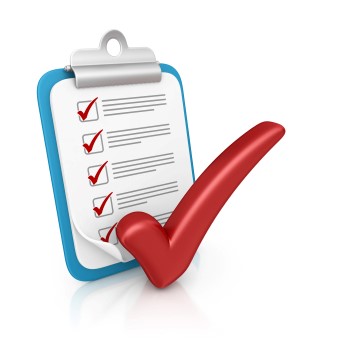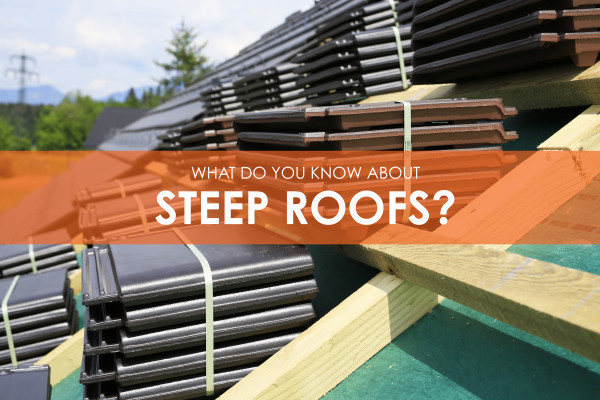To keep up safety and code regulations, you need to inspect your roof, or have someone come out to inspect it twice a year. This preventative maintenance can save a business hundreds, if not thousands of dollars. Here are a few things to look for when inspecting it yourself:
- If you have a flat roof, you need to be looking for ponds forming on the roof as well as holes and cracks in the roof. This could mean your roof is sagging, and needs to be either patched or replaced. Also look for blistering and punctures as well. Blockages and stopped up drains are also a problem with flat roofs. Make sure it is draining properly.
- Sloped roofs come in different types and each one presents different problems when inspecting one.
- Tiles and slate roofs need to be checked for warping, cracks, granulation, curling and bending.
- Wood Shakes can get moldy, gather moss, and acquire mildew. They can also warp and buckle. They need to be inspected for rot also. These kinds of roofs can be tricky to inspect, being slippery if they are molded or if it has rained recently.
- Metal roofs can corrode, bend, and be damaged as well. Seems should be uniform and water-tight.
- Check for debris and dirt clogging drains, downspouts and gutters. Clogged drains and gutters can lead to water backing up onto the roof and causing water damage.
- When checking chimneys, vents, fascia, and drip edges, make sure the flashing is properly sealed to prevent water from pooling and leaking into the building. If they are warped, cracked or showing signs of corrosion, they will need to be replaced.
These are just a few of things you should check when inspecting your roofing system. If you have any questions about whether you need to replace or repair, contact a rep




